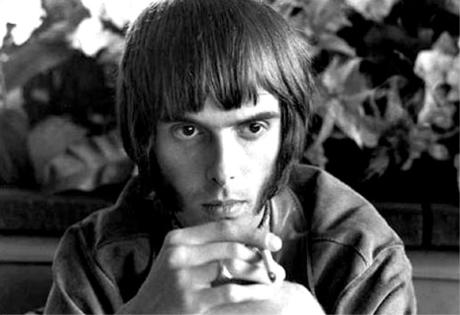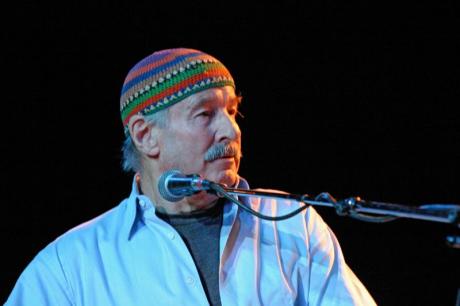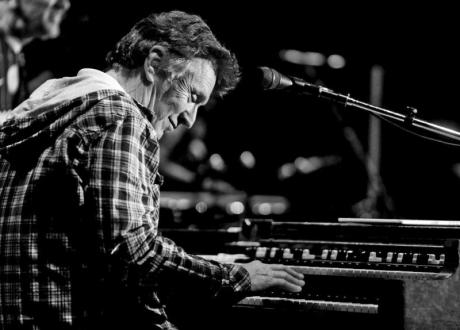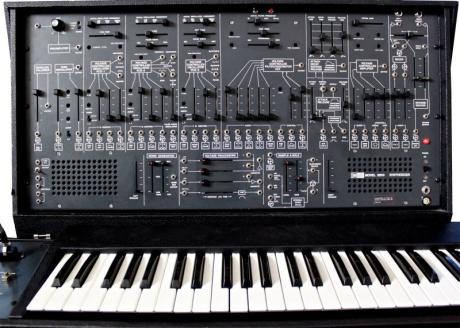Rock Organ XVIII - workshop
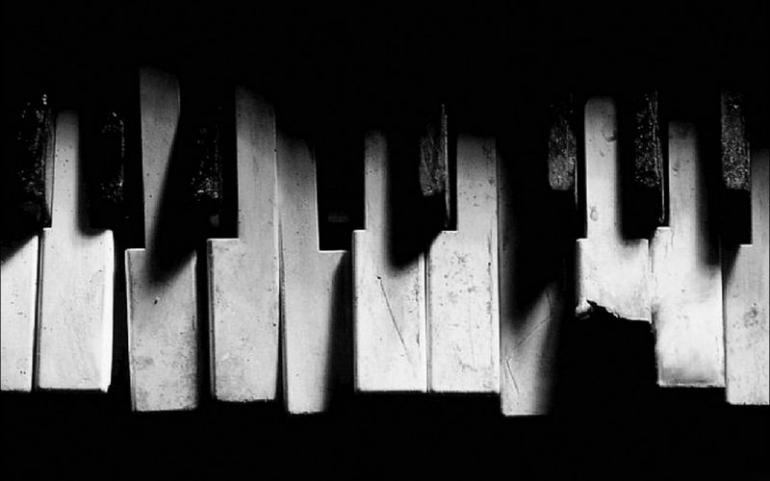
This month I would like to talk about a few very important keyboardist who were very influential in the development of Rock keyboard techniques. These gentleman basically wrote the book on what to play and took keyboard instruments from the background to the to the foreground.
Nicky Hopkins
Though less known than some other keyboard greats of his generation, Nicky Hopkins was one of the most prolific English session musicians of the 60s and 70s. Born during an air raid during the night of 24th February 1944 in the London suburb of Perivale, Hopkins began playing piano at age three. In his teens he won a scholarship to the Royal Academy of Music in London.
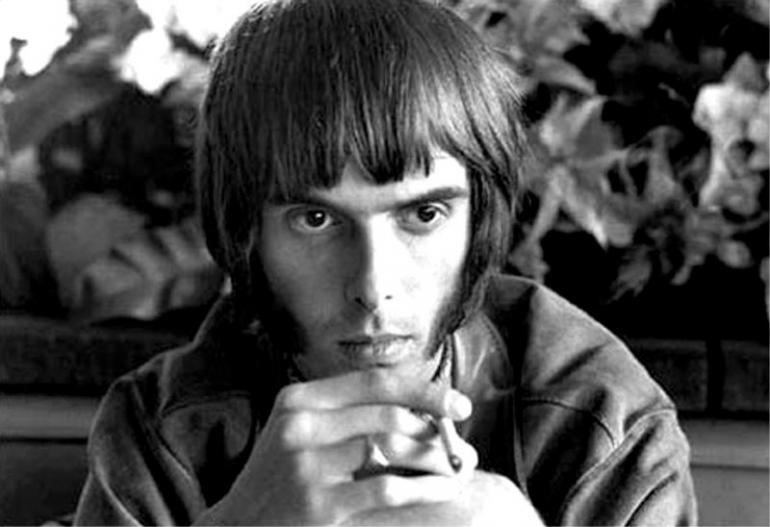
Nicky suffered from poor health his entire life. In May 1963 a series of operations almost cost him his life and he was bed-ridden for an incredible nineteen months. Eventually it was discovered that he suffered from Crohn's Disease. Ongoing surgery made it difficult for Hopkins to tour consistently. This resulted in his working primarily as a studio musician. Ray Davis of the kinks had this to say of Hopkins health problems, "Nicky Hopkins looked so thin and pale, it was as if he had just been whisked out of intensive care and dragged in on a stretcher so he could play piano on our track". Nicky quickly became London's busiest session pianist. Adopted by key producers of the time such as Shel Talmy, he worked with a long list of incredible artists including the Who, Rolling Stones, Beatles, the Kinks, the Easybeats, David Bowie, Dusty Springfield and Cat Stevens. Between 1965 and 1968 hardly a week went by without a London record release featuring Nicky on keyboards. Sadly, Hopkins died on 6 September 1994, at the age of 50, in Nashville, Tennessee from complications resulting from intestinal surgery. His legacy lives on in his great work.
Joe Zawinul
Joe Zawinal started his career playing piano with Cannonball Adderley in the early 60s. In 1970 Zawinal became very interested in electronics and world music, both of which he explored beautifully in his groundbreaking group, Weather Report. In the early 70's the Minimoog created by Bob Moog was getting very popular with artists like Keith Emerson and Rick Wakeman. Zawinal, being an individualist, preferred another analog synth, the Arp 2600, to the Minimoog. ARP competed directly against the synthesizer systems coming from Moog throughout the 1970's. The 2600 was ARP's answer to Moog's modular system, creating a more compact, stable and more intuitive synthesizer. While most modular systems of the time were custom ordered and built to the buyer's specification, that flexibility often came at a high cost. Many modular synths could cost as much as a new car.
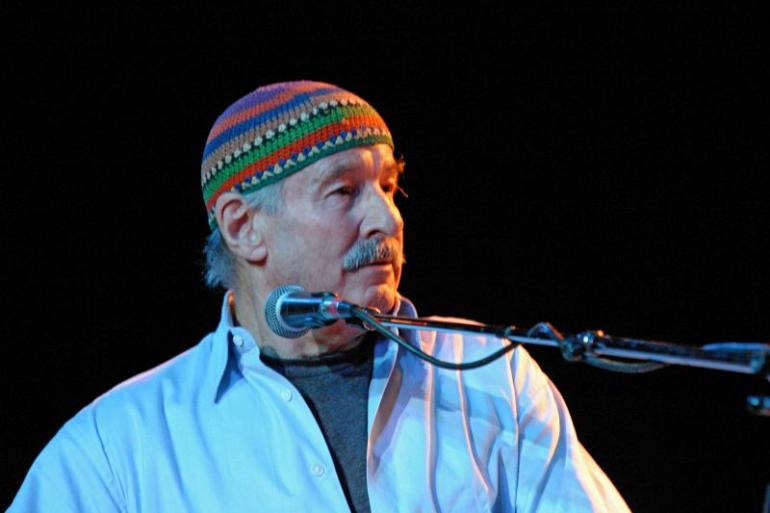
Instead of picking and choosing from a catalog of individual modules that you (or the manufacturer) then had to mount inside a case and wire together, the 2600 was a semi-modular system with a fixed selection of basic synth modules internally pre-wired and ready to go. Most of these connections could be "re-wired" with patch-cords at clearly labeled patch-points. This made the 2600 more user-friendly, portable and easier to create sounds with. Zawinal had this to say about the Arp, "The ARP was great. I still play it today. It was the first keyboard that could be inverted, in other words, when your hands go up, you're sounding down. It's a mirror system where C remains C, D flat becomes B, D becomes B flat, and so on. When you play chords with this, you have to have a good brain. What's good about it is that you get different ideas." Weather Report's Black Market was played on an inverted keyboard.
Steve Winwood
Steve Winwood, born 12 May 1948. is a Brittish multi-instrumentalist, playing keyboards, bass guitar, drums, guitar, mandolin, and violin. You could say that Winwood was to the Hammond Organ what Nicky Hopkins was for piano on the exploding UK music scene. Winwood a key member of many classic rock bands like The Spencer Davis Group, Traffic, and Blind Faith. He has acheived great visibility as an important keyboard artist being inducted into the Rock and Rock Hall of Fame as a member of Traffic in 2004.
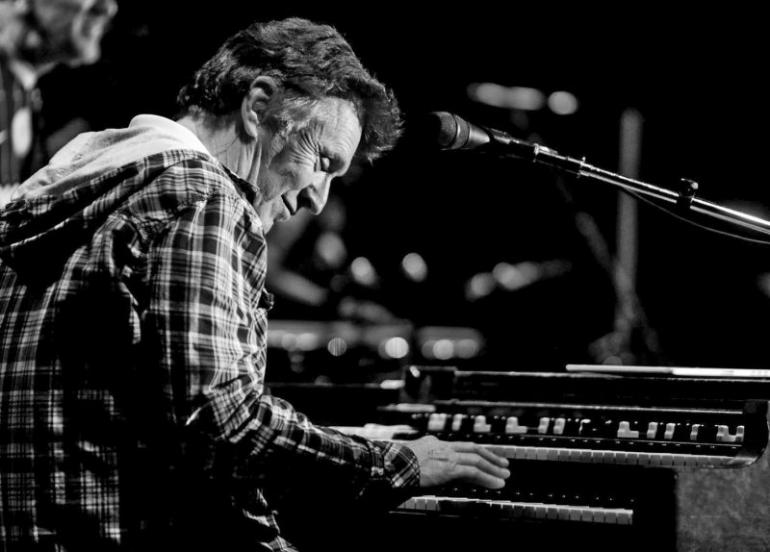
Steve Winwood and ranked #33 in Rolling Stone Magazine's poll of the 100 Greatest Singers of All Time. A life in music began very early for Winwood. While he was still in elementary school, he became a part of the Birmingham R&B scene, playing the Hammond B3 and guitar, with blues singers such as Muddy Waters and John Lee Hooker on their UK tours. At the very young age of 14, Winwood joined the Spencer Davis Group. Steve's distinctive high tenor, singing voice and vocal style drew comparisons to Ray Charles. Also during this time, Winwood, met guitarist Eric Clapton and formed the group Blind Faith with Ric Grech and Ginger Baker. The project was short lived because of other touring commitments that Clapton had. However, Baker, Winwood and Grech stayed together to form Ginger Baker's Air Force. The lineup consisted of members of Blind Faith and the Brittish Supergroup Traffic. Winwood ended up calling the members of Traffic to help with one of his own recording sessions. The group had instant rapport which led to the team recording Traffic's now very famous comeback album, John Barleycorn must Die. After touring extensively with Traffic Winwood decided to perform less for a few years. He reappeared with his self-titled first solo album in 1977 and Arc of a Diver in 1980 which included his first solo hit, While You See a Chance. Winwood at this point played most if not all instruments on his albums.

In 1986, Winwood moved to New York. There with many well known American musicians he recorded his seminal solo album, Back in the High Life. The album was a huge hit. It's single, Higher Love won two Grammy Awards for Record of the Year and Best Male Pop Vocal Performance. in 1988 Winwood switched labels from Island to Virgin Records and released Roll with it . The title track hit #1 on the USA album and singles charts. Winwood at present continues to be involved with great groups, touring with Rod Stewart in 2013 and Tom Petty and the HeartBreakers in 2014. Winwood has a signature Hammond B3 stop setting; 84 8848 448. Try using this setting with slow and fast setting for blazing Winwood-like riffs and chords.

